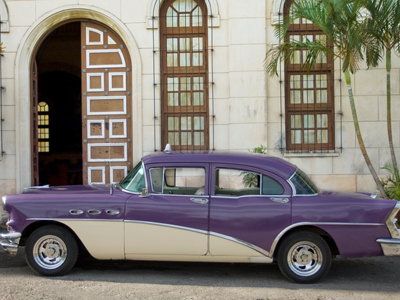
Ratio, Proportion and Percentages (H)
Ratios are used to compare quantities of 2 or more things. Although you are most likely to see them written using the ‘colon’ format, such as 1:3, you should also be able to work with them as fractions. Proportion is used to compare two ratios. Percentages pop up everywhere, and you should be comfortable working with them – don’t forget, they are just a special fraction where everything is out of 100! See how well you know these three topics in this GCSE Maths quiz.
Ratios can be used in everyday life to scale things up, such as recipes and mixing liquids. Another important area they appear is in map scales, and any budding geographer should know how to correctly apply them! One reason map scales cause problems is down to the lack of units, and problems working through different measurement scales.
Ready for more?
not all...
quizzers. Try to win a coveted spot on our Hall of Fame Page.







